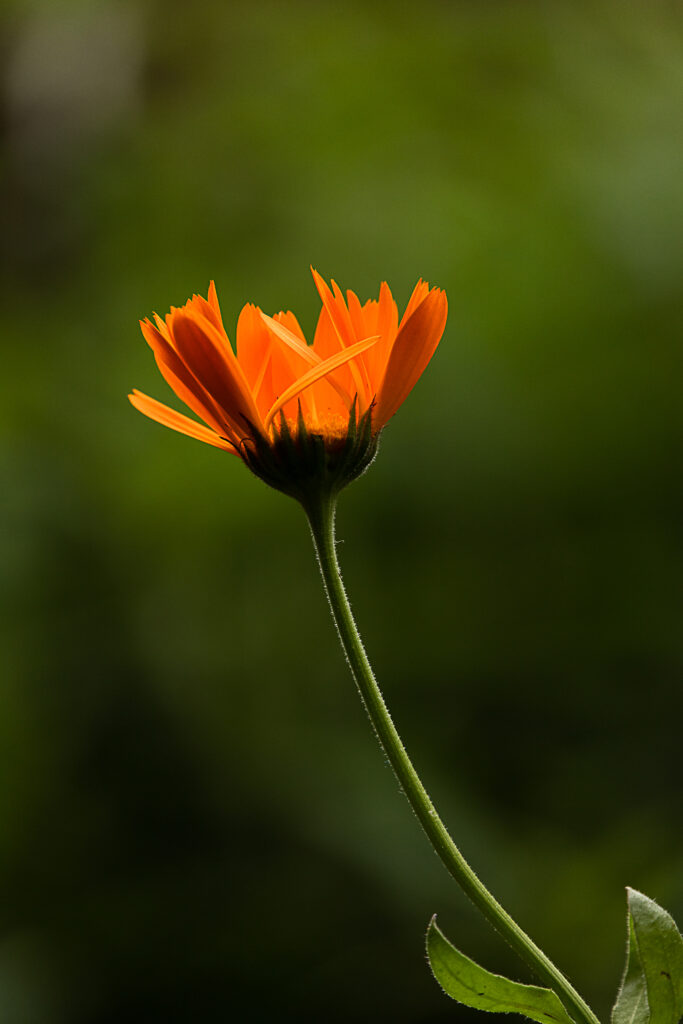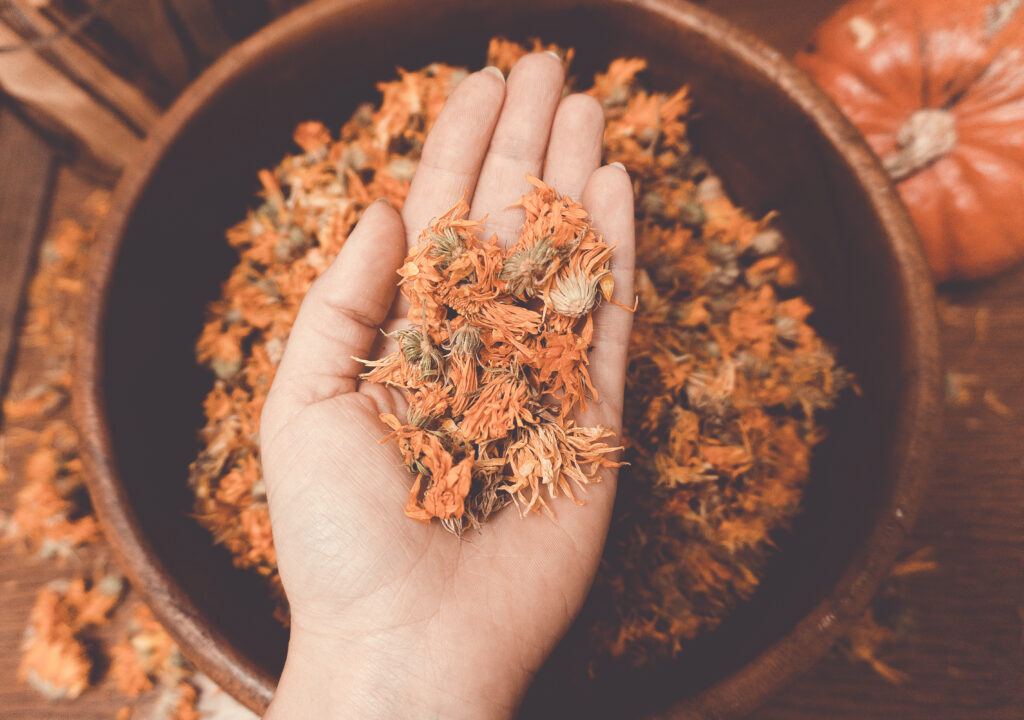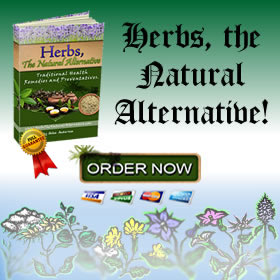The History And Cultural Significance Of Calendula Flowers.
Calendula flowers have a long and fascinating history, intertwined with various cultural traditions and beliefs. These vibrant and beautiful flowers, also known as marigolds, have been used for centuries in both medicinal and culinary purposes. From ancient civilizations to modern times, calendula flowers have held a special place in different cultures around the world. In this article, we will explore the rich history and cultural significance of calendula flowers, shedding light on their diverse uses and the meanings attached to them throughout the ages.
Origins of Calendula Flowers
Ancient Greek and Roman civilizations
Calendula flowers have a rich history that can be traced back to ancient Greek and Roman civilizations. In these cultures, Calendula was highly regarded for its vibrant yellow and orange petals, which were often used in religious ceremonies and rituals. The Greeks believed that the bright color of the flowers represented the sun and its healing and rejuvenating powers. The Romans, on the other hand, associated Calendula with purity and used it extensively in their rituals and celebrations.
Medieval Europe
During the Middle Ages, Calendula flowers gained even more popularity in Europe. They were often cultivated in monastic gardens, primarily for their medicinal properties. Calendula was used to treat various ailments, including skin conditions, digestive problems, and even menstrual disorders. The flowers were also believed to have protective properties, and people would use them to ward off evil spirits and negative energies.
Colonial America
Calendula was brought to the Americas by European settlers during the colonial period. It quickly became a staple in colonial gardens, both for its beauty and its practical uses. American colonists continued the tradition of using Calendula for medicinal purposes, often brewing it into teas or infusing it into oils and salves. The vibrant flowers also found their way into the culinary world, where they were used to add color and flavor to dishes.
Symbolism and Meaning
Associated with the sun
One of the key symbolic meanings of Calendula flowers is their association with the sun. The bright yellow and orange petals resemble the rays of the sun, and this symbolism has been acknowledged in various cultures throughout history. The sun represents warmth, light, and vitality, and Calendula, with its sunny appearance, is often viewed as a symbol of positive energy and renewal.
Representing love and constancy
Calendula also holds significance as a flower representing love and constancy. In folklore and mythology, Calendula is often associated with love and fidelity between couples. It is believed to bring good fortune and harmony to relationships, making it a popular choice for wedding bouquets and decorations. The vibrant colors of the flowers are seen as a reflection of the vibrant love between two individuals.
Signifying good luck and protection
In many cultures, Calendula flowers are thought to bring good luck and offer protection against negative energies. They are often placed in homes or carried as a talisman to ward off evil spirits or promote positive energy. Calendula is believed to have cleansing and purifying properties, making it a popular choice for individuals seeking protection and good fortune.

Traditional Uses
Medicinal properties
Calendula flowers have long been valued for their medicinal properties. They contain various compounds that have anti-inflammatory, antimicrobial, and antioxidant effects. Calendula extracts and infusions have been used topically to treat skin conditions such as wounds, burns, and rashes. The flowers have also been ingested as a tea or tincture to help soothe digestive issues and promote overall well-being.
Cosmetics and beauty
Calendula’s natural healing and soothing properties have made it a popular ingredient in cosmetics and beauty products. The flower extracts are often used in creams, lotions, and ointments for their skin-nourishing properties. Calendula-infused products can help alleviate dryness, redness, and irritation, making them a go-to remedy for sensitive or problem skin.
Culinary applications
Calendula petals are edible and have a slightly peppery and tangy taste. They are often used to garnish salads, soups, and desserts, adding a pop of color and a subtle flavor to dishes. The petals can also be dried and brewed into a tea, providing a refreshing and aromatic beverage.
Cultural Significance
Religious and spiritual ceremonies
Calendula flowers have played a significant role in religious and spiritual ceremonies throughout history. Their bright colors and association with the sun often make them a symbol of divine love, light, and vitality. Calendula is frequently used in religious rituals, such as offerings, prayers, and blessings, to invoke positive energy and spiritual guidance.
Weddings and celebrations
Calendula is a popular choice for weddings and celebrations due to its symbolism of love and constancy. The vibrant flowers are often incorporated into bridal bouquets, centerpieces, and floral arrangements to bring joy, good luck, and positive energy to the event. In some traditions, the petals are scattered along the wedding aisle to create a path of love and happiness for the couple.
Folklore and superstitions
Calendula flowers are steeped in folklore and superstitions. In some cultures, it is believed that placing Calendula under the pillow can bring prophetic dreams and provide protection during sleep. The flowers are also thought to have the power to reveal the truth or uncover hidden secrets when used in divination practices. Additionally, Calendula is sometimes associated with enchantment, and it is believed that wearing the flower can enhance one’s attractiveness and charm.

Calendula in Art and Literature
Depictions in paintings and illustrations
Calendula flowers have inspired many artists and illustrators throughout history. Their vibrant colors and delicate petals make them a captivating subject for paintings, drawings, and botanical illustrations. From classical art to contemporary works, Calendula can be seen adorning canvases and pages, serving as a symbol of beauty, grace, and vitality.
References in poetry and literature
Calendula flowers have often been referenced in poetry and literature, symbolizing various emotions and concepts. Writers have used Calendula as a metaphor for love, hope, and resilience. The bright petals and cheerful appearance of the flowers have been described in verses that evoke feelings of joy, renewal, and optimism.
Symbolism in mythology and folklore
In mythology and folklore, Calendula flowers have been associated with various deities and mythical figures. For example, in Greek mythology, the flower was believed to be a gift from the sun god Apollo, representing his love and benevolence. In folklore, Calendula is often linked to stories of magic, transformation, and protection against evil forces. These mythological and folkloric connections have contributed to the enduring symbolism of Calendula in art and literature.
Calendula in Traditional Medicine
Historical uses in different cultures
Calendula has been used in traditional medicine across different cultures for centuries. In Ayurvedic medicine, the flower has been used to treat skin ailments, digestive issues, and menstrual problems. Traditional Chinese medicine has also incorporated Calendula for its anti-inflammatory, antibacterial, and detoxifying properties. Native American tribes would prepare poultices and infusions with Calendula to address various health concerns, including wounds, fevers, and sore throats.
Known health benefits
Calendula flowers contain various bioactive compounds, such as flavonoids and triterpenoids, which contribute to their health benefits. The flowers have anti-inflammatory properties, making them effective in soothing skin irritations and promoting wound healing. Calendula also has antimicrobial properties, aiding in the prevention and treatment of infections. Additionally, the flower’s antioxidants help protect the body against oxidative stress and free radicals.
Potential modern applications
With the resurgence of interest in natural remedies, Calendula has found its way into modern healthcare practices. Its anti-inflammatory and antimicrobial properties have been recognized and researched, leading to the development of Calendula-based creams, ointments, and tinctures for various skin conditions. Additionally, studies are being conducted to explore the potential of Calendula extracts as adjunct therapies for certain medical conditions, including cancer and chronic inflammation.

Cultivation and Propagation
Optimal growing conditions
Calendula is a relatively easy flower to cultivate, making it suitable for both experienced and novice gardeners. It thrives in full sun or partial shade and prefers well-drained soil. Calendula can tolerate different temperature conditions but typically grows best in cooler climates. Adequate watering and regular deadheading of spent flowers can help promote continuous blooming throughout the growing season.
Propagation methods
Calendula can be propagated through seeds, which are readily available from seed suppliers. Sow the seeds directly into the garden in early spring or start them indoors a few weeks before the last frost date. Ensure the soil is moist but not waterlogged during germination. Once the seedlings have reached a suitable size, they can be transplanted into the garden or containers.
Care and maintenance tips
Calendula plants require minimal care and maintenance. Regular watering, especially during dry spells, will keep the plants healthy and encourage robust growth. Deadheading spent flowers will not only keep the plants looking tidy but will also encourage more blooms. Calendula is generally pest and disease resistant, but occasionally, aphids or powdery mildew may become an issue. These can be controlled through organic pest management practices or simple home remedies.
Notable Varieties and Hybrids
Calendula officinalis
Calendula officinalis is the most common and widely recognized species of Calendula. It typically has bright yellow or orange petals and grows to a height of about one to two feet. There are various cultivars available, each with its unique flower form and hue. Some popular Calendula officinalis cultivars include ‘Indian Prince,’ ‘Orange King,’ and ‘Bon Bon Yellow.’
Calendula arvensis
Calendula arvensis, also known as field marigold, is a wild species of Calendula found in Europe, Asia, and North Africa. Unlike Calendula officinalis, Calendula arvensis has smaller flowers and a more delicate appearance. This species is primarily found in natural habitats but can also be cultivated in gardens for its ornamental value.
Special cultivars and hybrids
Over the years, plant breeders have developed special cultivars and hybrids of Calendula, offering a range of unique colors, flower forms, and plant sizes. Some cultivars, such as ‘Pink Surprise’ and ‘Snow Princess,’ have pastel-colored petals, providing a different aesthetic compared to the classic yellow and orange shades. These variations and hybrids allow gardeners to choose Calendula plants that suit their preferences and garden designs.
Current Uses and Trends
Calendula in modern herbal medicine
Calendula continues to be a staple in modern herbal medicine. Its soothing and healing properties make it a popular choice for topical applications, such as creams, balms, and oils, to address various skin conditions. Many herbalists and practitioners recommend Calendula for its anti-inflammatory and wound-healing effects, and it is often included in skincare formulations and herbal remedies.
Incorporation in skincare products
The cosmetic and skincare industry has recognized the benefits of Calendula, leading to its incorporation in a wide range of products. Calendula extracts or oils are commonly used in creams, lotions, and serums designed to calm and nourish the skin. The flower’s gentle nature makes it suitable for sensitive and delicate skin types, making it a sought-after ingredient in natural and organic skincare brands.
Growing popularity in sustainable gardening
As interest in sustainable gardening practices grows, Calendula has gained popularity among eco-conscious gardeners. The flowers attract pollinators such as bees and butterflies, helping support local ecosystems. Calendula is also known for its ability to repel certain harmful insects, making it a natural choice for pest control without the use of chemical pesticides. Moreover, its easy cultivation and self-seeding nature make it a low-maintenance addition to sustainable gardens.
Conclusion
Calendula flowers have a rich history and cultural significance that spans across ancient civilizations to modern times. From their origins in ancient Greece and Rome to their incorporation in religious ceremonies, weddings, and folklore, Calendula has remained an important symbol of love, vitality, and protection. Their traditional uses in medicine, cosmetics, and culinary applications continue to be valued, while ongoing research explores their potential in modern healthcare. As Calendula remains relevant in various cultures and continues to captivate artists and gardeners alike, its importance and potential for future research and development are undeniable.

